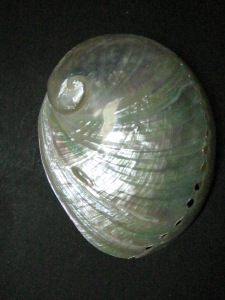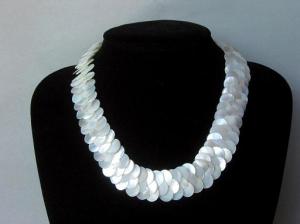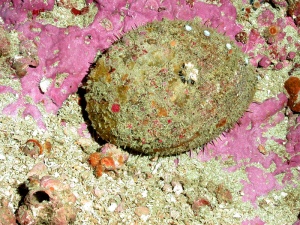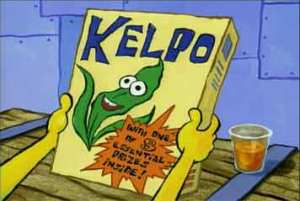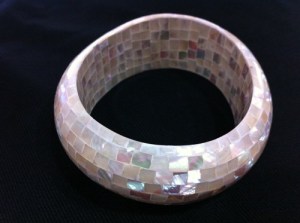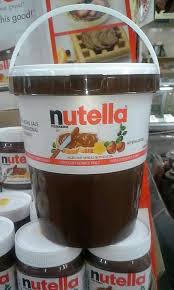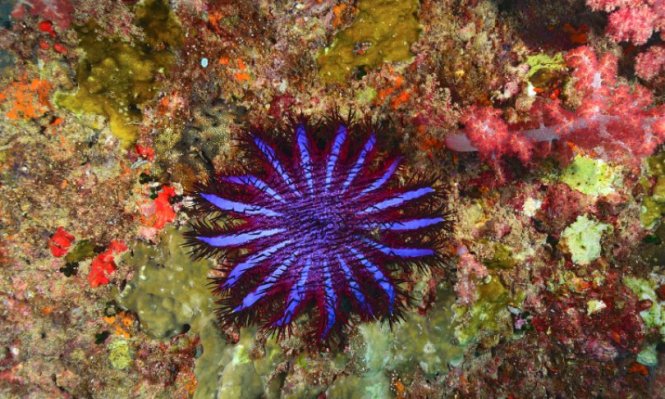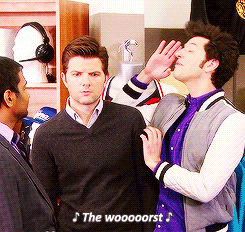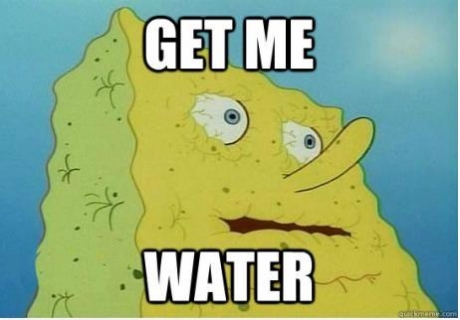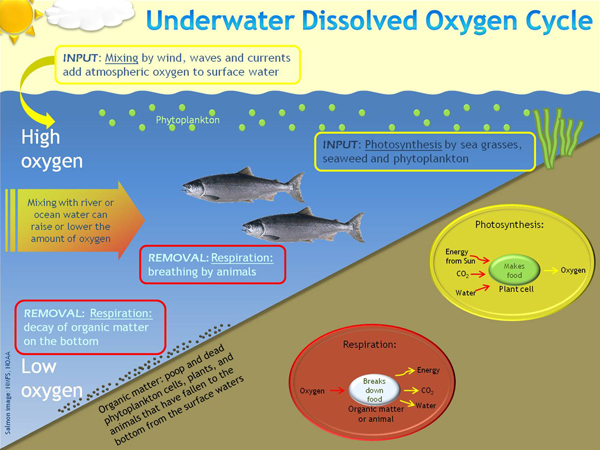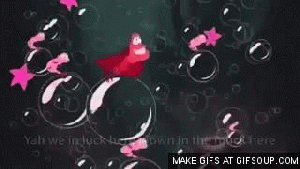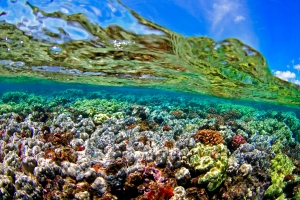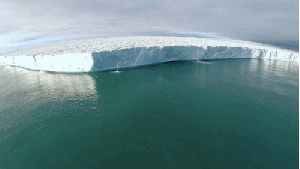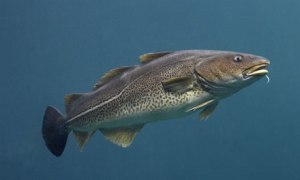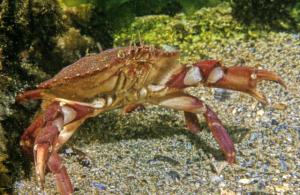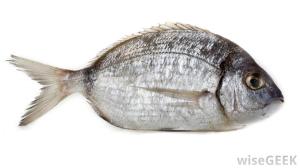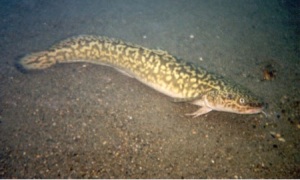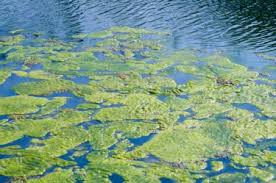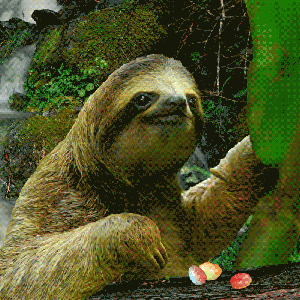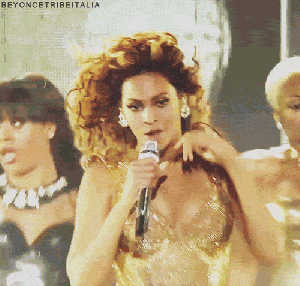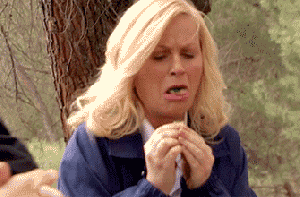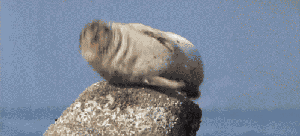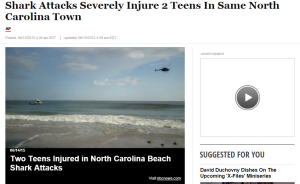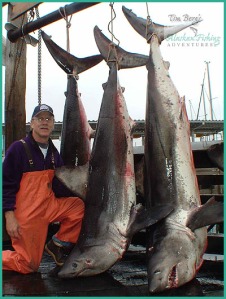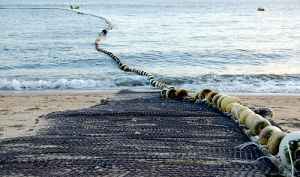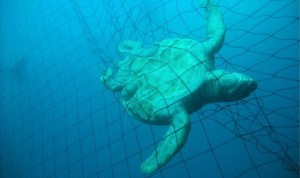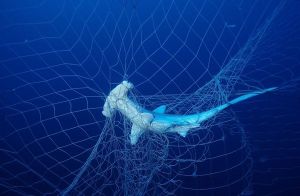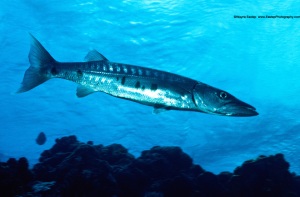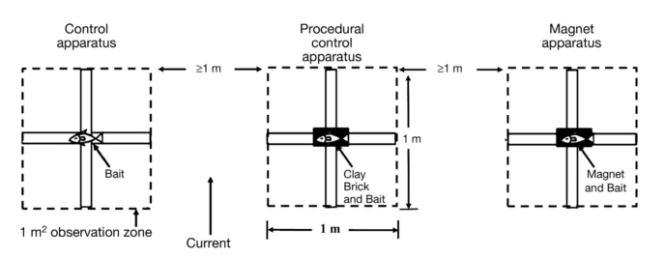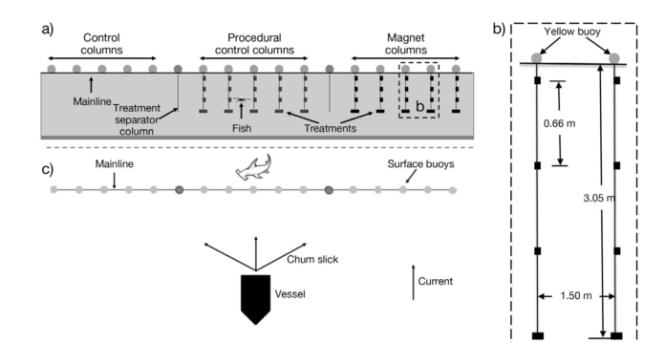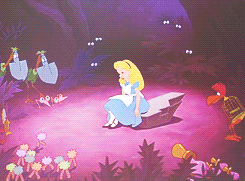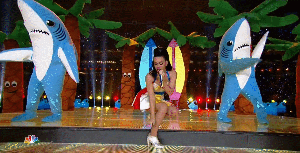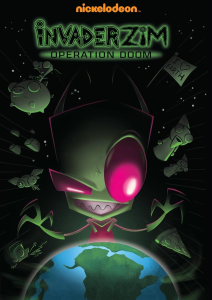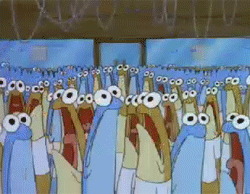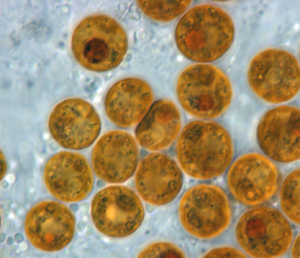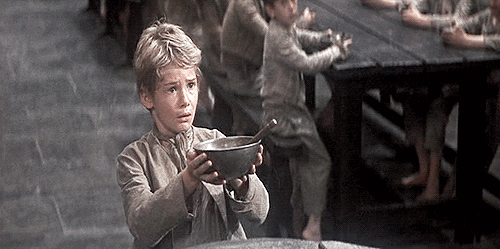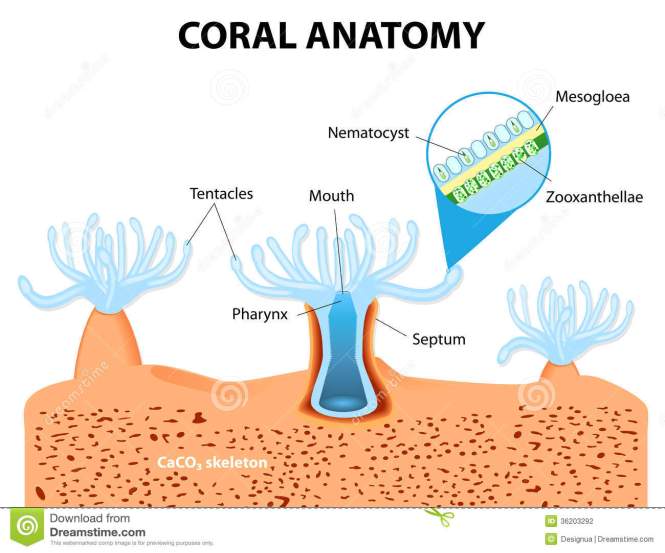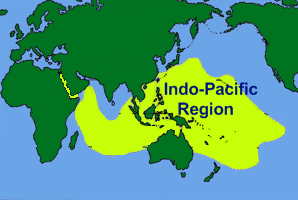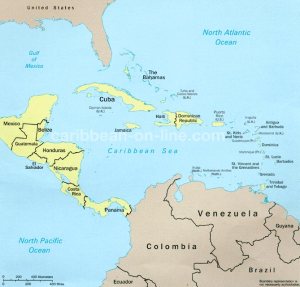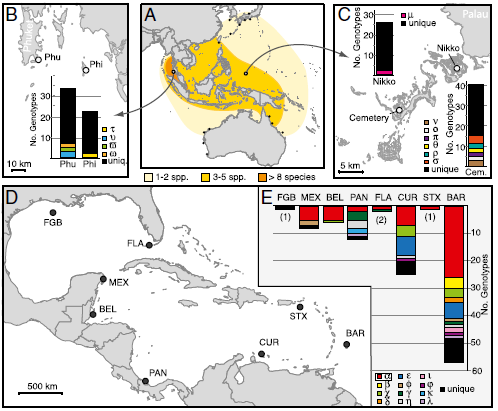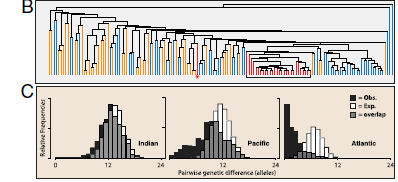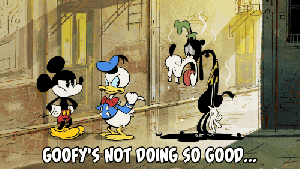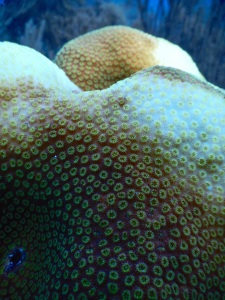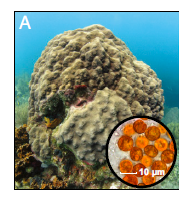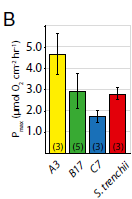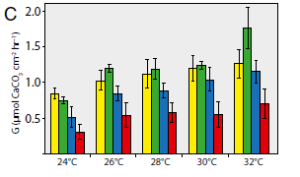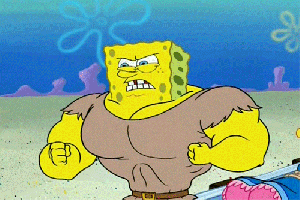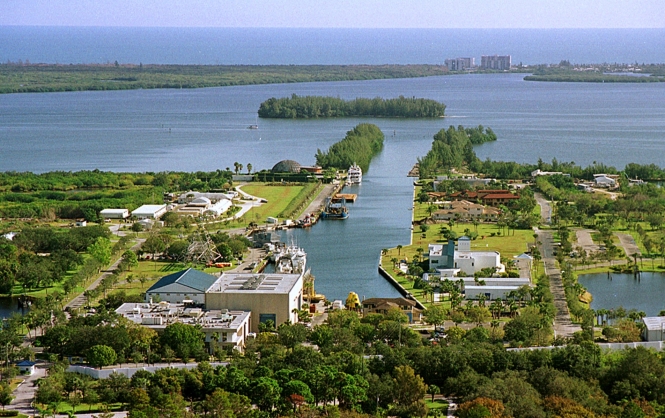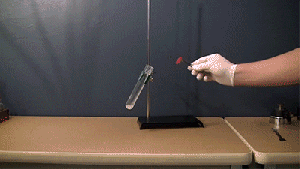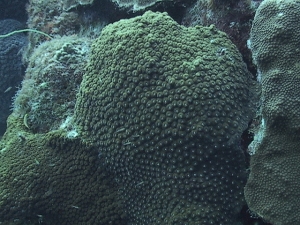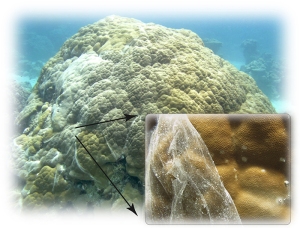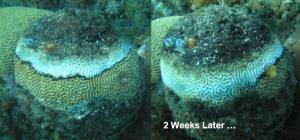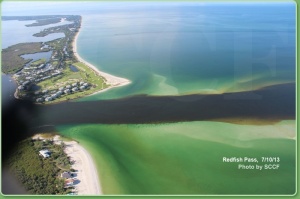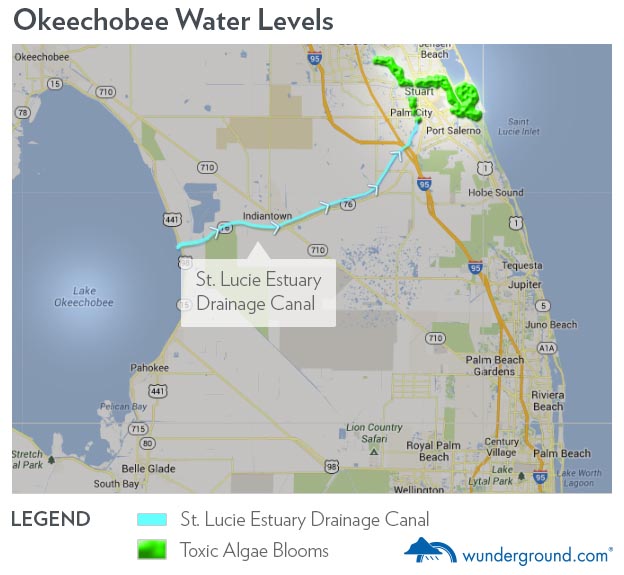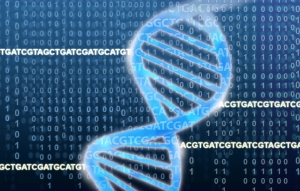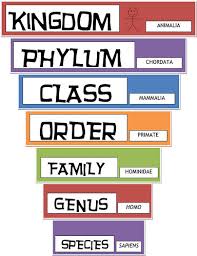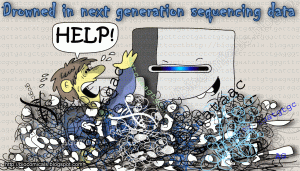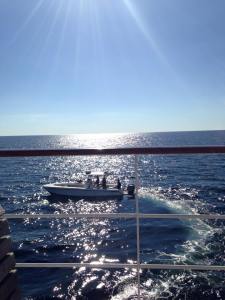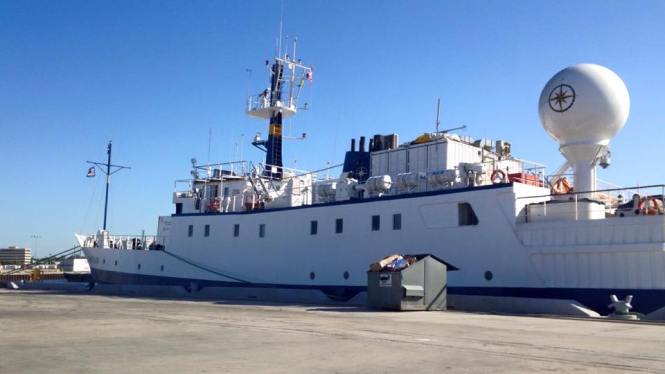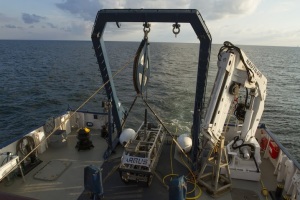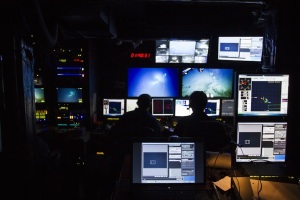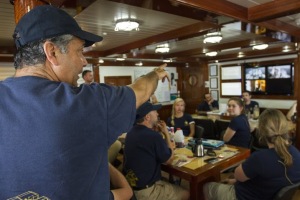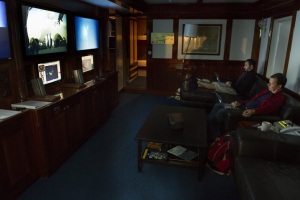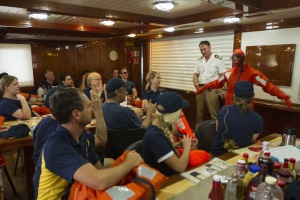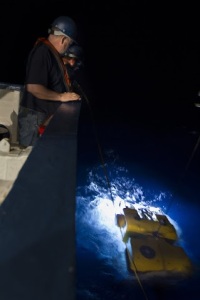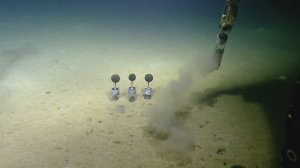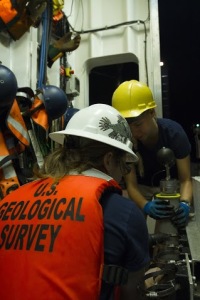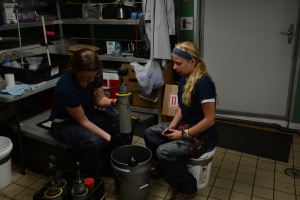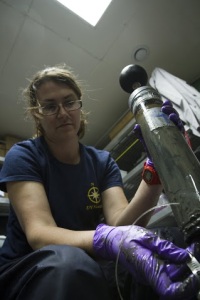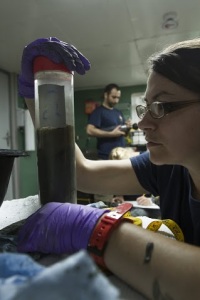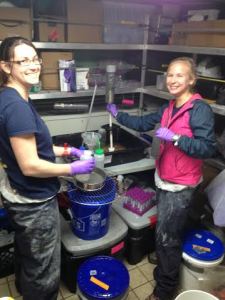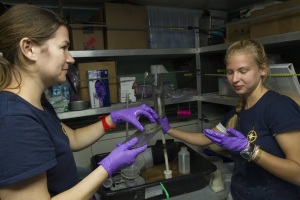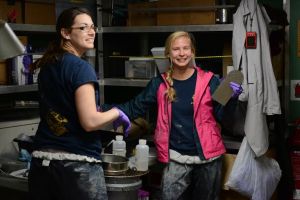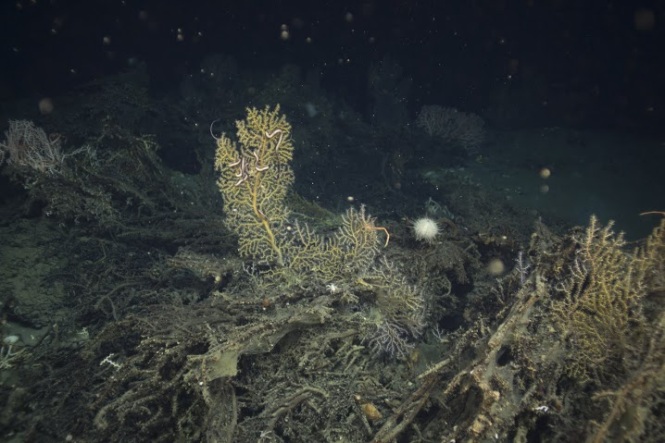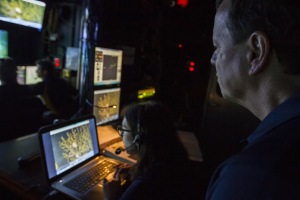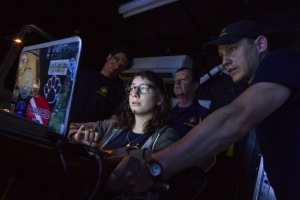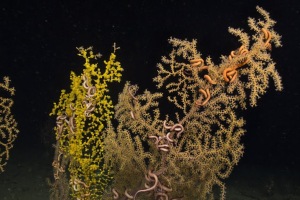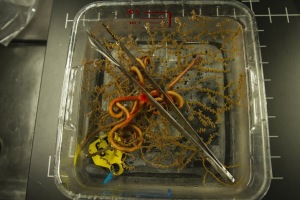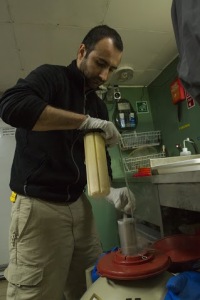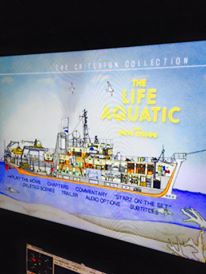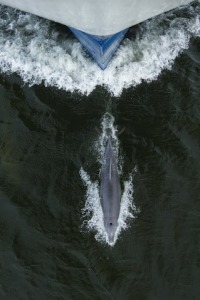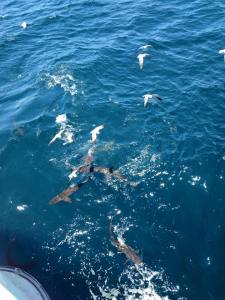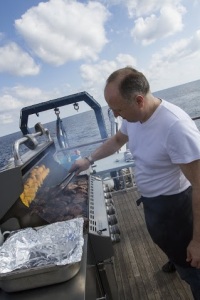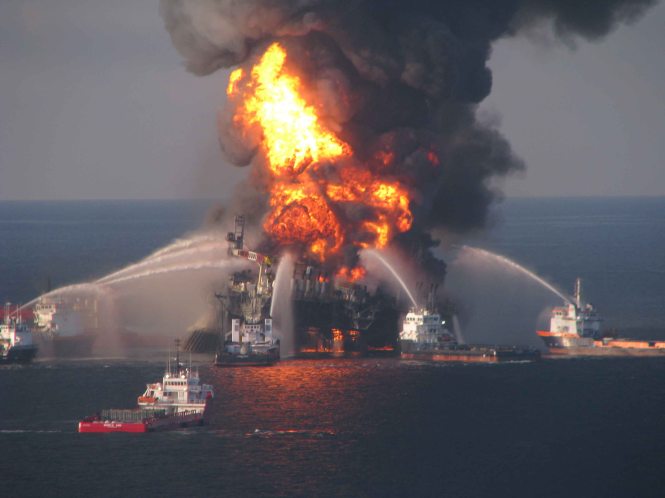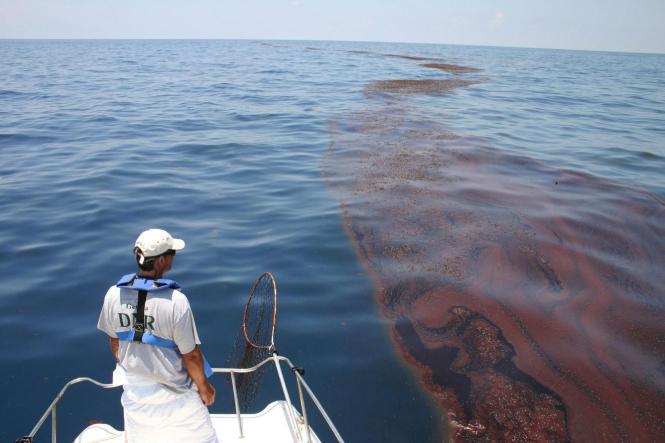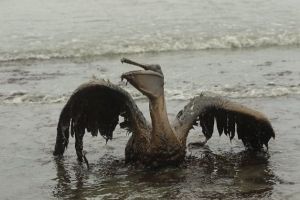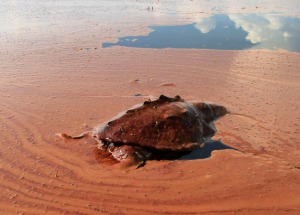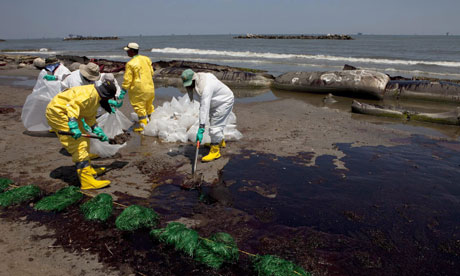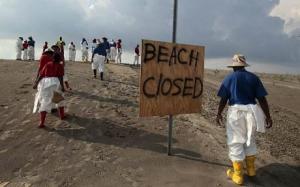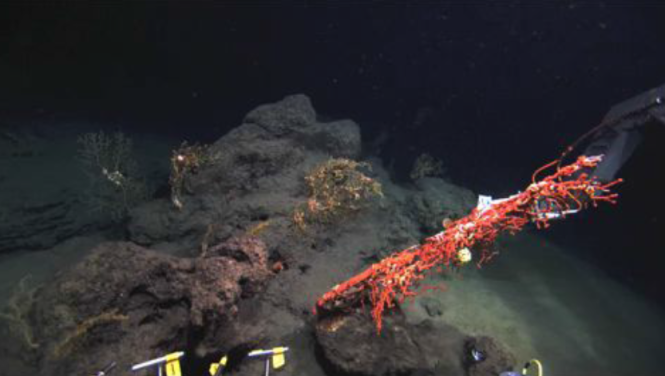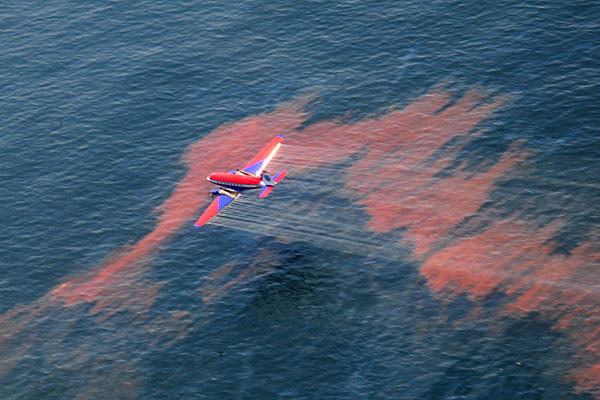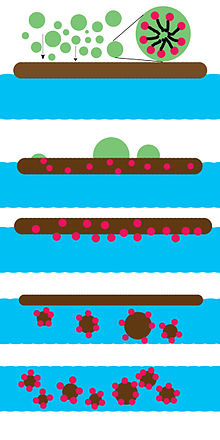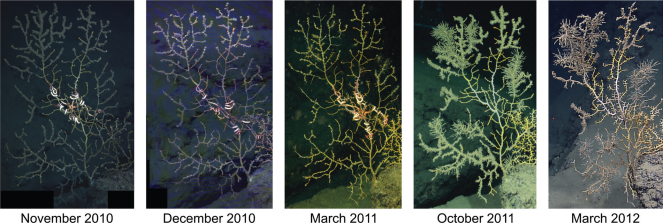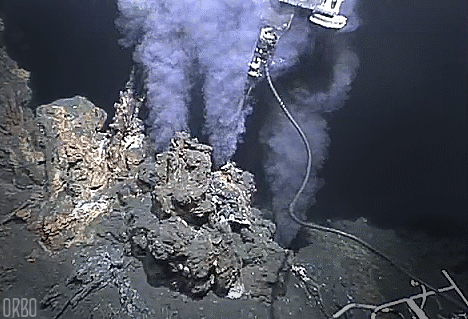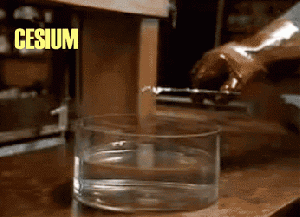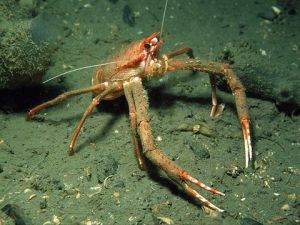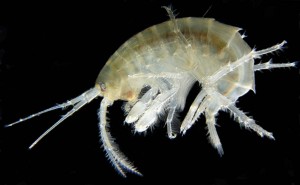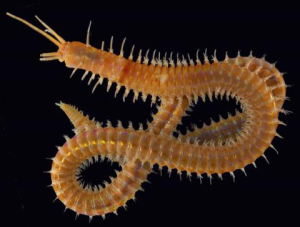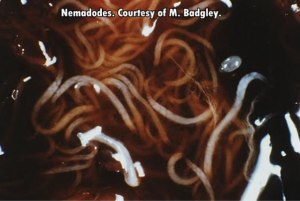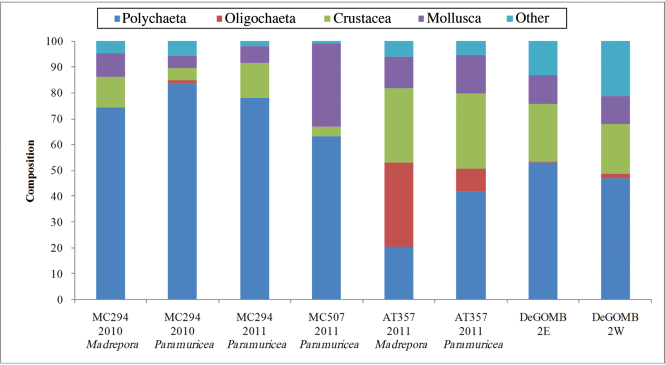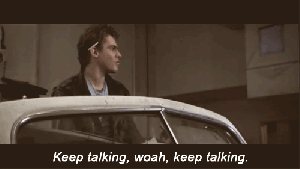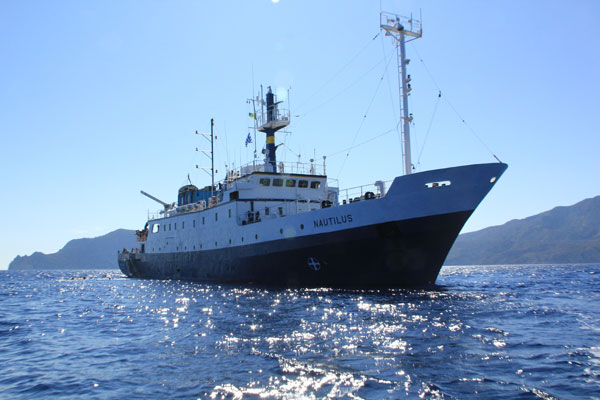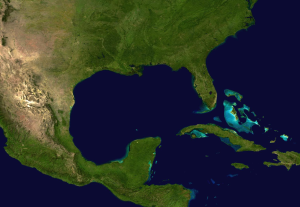Paper: Uusi‐Heikkilä, S., Whiteley, A. R., Kuparinen, A., Matsumura, S., Venturelli, P. A., Wolter, C., … & Arlinghaus, R. (2015). The evolutionary legacy of size‐selective harvesting extends from genes to populations. Evolutionary Applications.
The title of this post will make more sense once you read about r-strategists.
Raise your hand if you like seafood!

Same.
Being land-locked most of the year in PA, I don’t usually eat fresh seafood or any seafood for that matter. But in some places in the world, seafood is people’s primary source of protein.
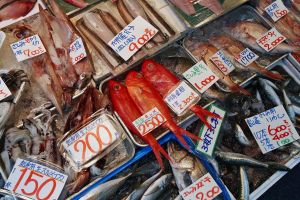
Here’s a map of countries where fish is a major source of protein.
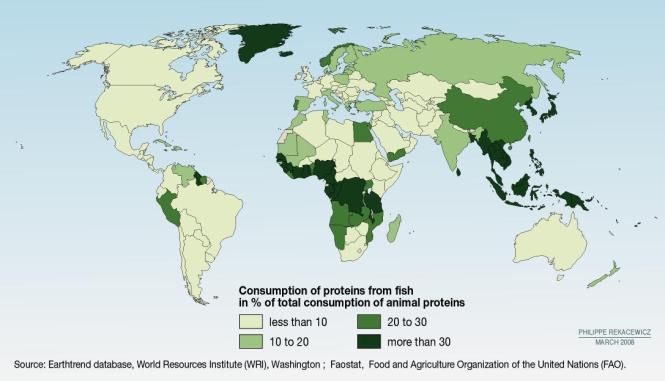 Fish is delish, but like everything else on this planet, fish is a limited resource.
Fish is delish, but like everything else on this planet, fish is a limited resource.
While it seems like we have an infinite amount of fish, like Krabby Pattys…
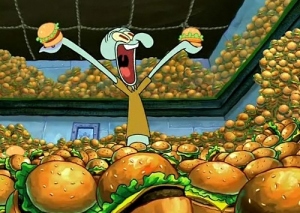 we don’t.
we don’t.
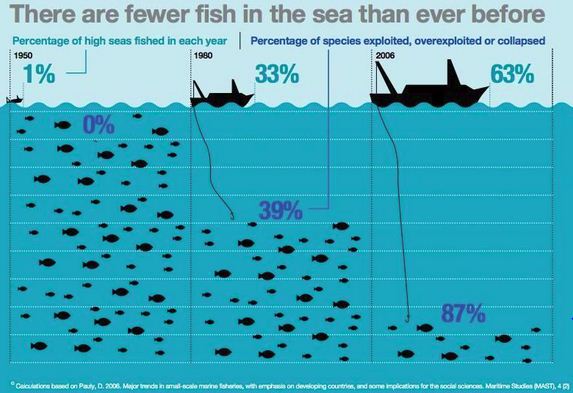
Sucks, right?

We are overfishing the seas. This means that we are taking so many fish out of the ocean that the fish that are left can’t make enough baby fish to replace the ones that were caught.
Not only are we taking a ton of fish out of the sea, but we’re taking the big ones.
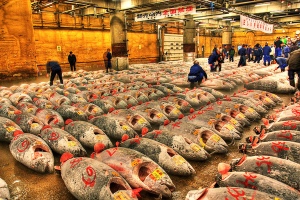
No one wants to eat a fish that barely has any meat on it.
By taking too many of the big fish, we’re left with more of the little guys. And since the little guys aren’t caught as much, there are more of them left to make baby fish than the big ones.
That’s like if all of the tall people on Earth were abducted by aliens and only short people were left on the planet to reproduce, the average humans in the next generations would be much shorter.
Aliens haven’t started doing that…yet, but we’ve definitely started doing that to fish.
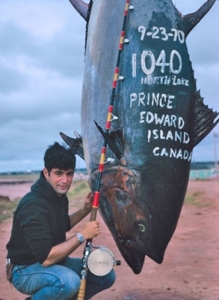
Because only smaller tuna are left in the sea to reproduce, the average size of tuna has decreased dramatically. In the 1970s, the average tuna caught weight 1200lbs. Today, the average tuna weighs 600lbs.
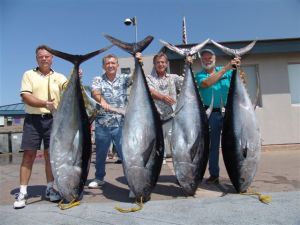
From an evolution standpoint,
 (I didn’t create this image)
(I didn’t create this image)
it is likely that the tuna remaining may have also started investing reproductive energy into giving birth to smaller tuna but in higher quantities.
For those unfamiliar with energy allocation and evolution – I’ll try to explain the best way I can. Scroll down to “The Study” if you already understand this ish.
From a biological standpoint, “success” is spreading the maximum amount of one’s genes to the next generation. Like genetic world domination.
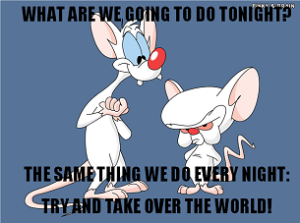
This biological goal pertains to everything from fungi to beluga whales to humas (but we’re a little more complex) .
There are two ways to pass on the most genes to the next generation*:
1. make a lot of babies
2. make really badass (big and strong to fight predators and obtain the most food) babies.
(very oversimplified, considered “theories”)*
 It is too much to ask for both.
It is too much to ask for both.
The limiting factor is: ENERGY
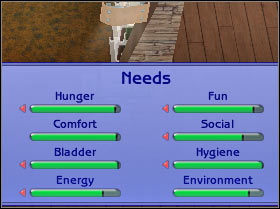
Energy – either from food or the sun (if you’re a plant) – powers life.
Reproduction requires energy. There are two overarching reproductive strategies of energy investment:
r-strategists: .
They make a lot of energetically “cheap” babies. They invest their energy into number of offspring instead of size of offspring. They opt for buying a 14 pack of disposable razors instead of going for the single, durable electric razor.
Some examples of r-strategists are flies, bacteria, mice, and barnacles.
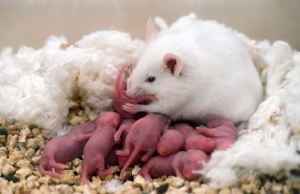
The advantage: these organisms have more babies to pass on their genes
The disadvantage: the babies are less likely to survive long-term because they are relatively smaller and, essentially, weaker.
The likelihood of mortality is high, but the numbers are high to buffer that.
So if you start with ten baby mice all named Jerry and half of them die by actually getting eaten by Tom, you’re still left with five mice to reproduce and pass on genes.

Side notes: Because these guys make smaller, “weaker” babies, they tend to have shorter lifespans and reproduce at an early age compared to K-strategists.
Where the title of this post comes into play: Species that follow this reproductive strategy, live short lives, but they prosper.
K-strategists:
These guys make energetically expensive babies, but in fewer quantities than r-strategists. You could say these organisms are most successful by taking the “quality over quantity” approach.
Some examples of K-strategists include: humans, whales, and elephants.
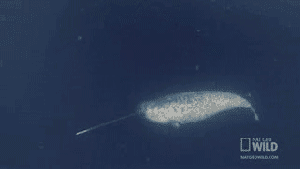 (I really like narwhals)
(I really like narwhals)
The advantage: these babies are relatively strong and can survive pretty long
The disadvantage: fewer babies means fewer reproductively active individuals to carry out one’s genes.
While K-strategists don’t have a lot of offspring, offspring mortality is low. So even though you may only have two kids, there’s a pretty good chance both will survive long enough to reproduce.
Side notes: Because K-strategists have stronger babies, they tend to have longer lifespans and reproduce later in life. – they live long and prosper.
Most organisms fall somewhere in between r-strategists and K-strategist. Try to think of r/K strategies as a spectrum.

For instance, let’s say blue = K strategists and red = r-strategists.
Humans would be in the blue, dogs would be more like a violet-red, and mice would be in the crimson red of the spectrum.
Dogs have more offspring than us (humans) and their babies are smaller than ours, but a dog’s offspring are fewer and larger than rat offspring. So they aren’t really distinctly K or r-strategists. Few animals fall distinctly into r or K.
How does this all relate to fish and the study??
The Study
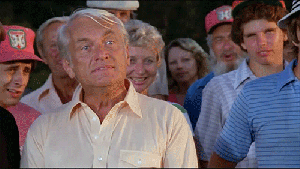
I know. I took a long, long time to set this study up, but think of how smart you is now. How much life makes sense! Why whale sharks are so rare and shrimp are so abundant!

Back to the study!
So this experiment looked at whether the reproductive strategy of zebrafish was affected by intense overharvesting of the big guys.
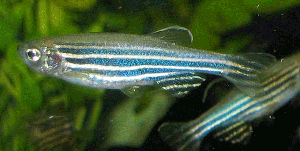
Hypothesis: By removing larger zebrafish from the zebrafish population through size-selective harvesting, the remaining zebrafish population would start reproducing smaller offspring in larger numbers at an earlier age –> exhibit a reproductive strategy closer to the r-strategists.
The Experiment:
(Tbh, not gonna get into the details. You’ve endured enough.)
Breed the zebrafish over five generations, removing the larger individuals each generation to mimic a typical harvesting season by humans in the wild.
Then, measure the average size of the zebrafish and analyze their DNA to see if a shift in reproductive strategy occurred at the genetic level.*
(I realize I oversimplified this concept, but I just want to get the message across)

A decrease in the average size could just be a surface (phenotypic/what we see) change. When I originally explained size selection, I mentioned how the average size of tuna could be smaller simply because there are smaller tuna in the sea left to reproduce.
However, a genetic analysis shows whether or not the fish are “intentionally” (for lack of a better word) smaller.
Aka, the scientists wanted to determine whether the youngest generation of fish are now genetically coded to produce smaller fish at earlier times and in larger numbers than the original generation of fish.
Genetic changes like this take a llllllooooooooonnnnnnnnnngggggggg time.

Because genetic changes like this can only accumulate over generations.
–But that’s another story. (I’m no storyteller. I pee greatness like gold is yellow. – name the song for $10) And I’ll save that for another day. —
In order for genetic change to accumulate and persist in the genetic code of the zebrafish population in this study, the zebrafish were bred (and big guys were removed) over five generations.

Only four generations of humans are pictured above, but we generally don’t live long enough to see more than three generations.
Results:
Of the fish in the fifth generation….
– The average adult body size at reproductive maturity decreased
– Genetic evidence confirmed that the fish invested more energy into reproduction than into body growth (hence, they were a smaller size and younger when they became sexually active)
– Because of their smaller size (and resulting reduced strength and dominance), the fish were less bold and explorative. They became scaredy cats -they had to be careful not to become somebody’s dinner.

This pug isn’t afraid of anything eating it. It’s just shy.
Moral of the Story:
Harvesting the larger fish of a species’ population over generations can cause the fish species to reproduce more, smaller fish.
More fish! That’s good, right?
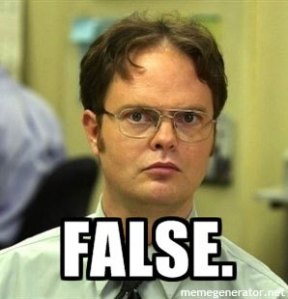 More fish is great in the sense that the species is less likely to go extinct, but these fish are smaller fish.
More fish is great in the sense that the species is less likely to go extinct, but these fish are smaller fish.
They have less meat.
You’ll order fish and be like…

Ordering a pound of fish could mean combining the meat of multiple fish to reach one pound.
Which changes the quality of the meat.

The solution:
There are several angles to take.
– purchasing and ordering seafood from a certified sustainable fishery
these can bear the following logo on their packaging:

– following Monterey Bay Aquarium’s Seafood Watch Guide
– abstain from eating fish (the most sustainable choice, at least as far as my understanding lies)
As much as I love seafood, I am trying to eat only invasive species (ex: lionfish – another story for another post) because I am not certain truly “sustainably fished” seafood exists.
But seafood is an important source of protein to a significant portion of the world’s diet. And at least by following the guidelines in the Seafood Watch Guide or paying attention to what fishery one’s seafood comes from, the impacts of overfishing can be mitigated.
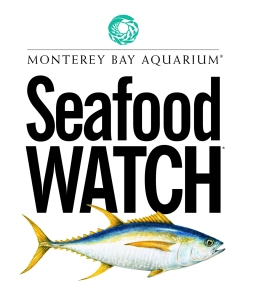
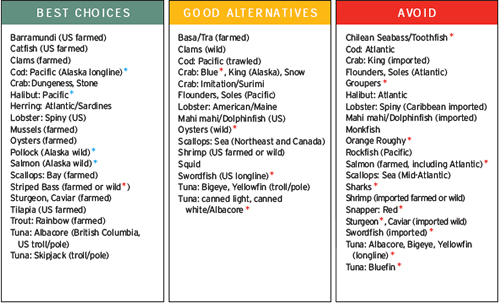
Thank you for taking the time to read this post. I spent a lot of time on it because I felt its contents were interesting and important, but that’s just my opinion. Let me know what you think!
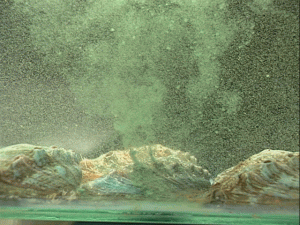 (Such x-rated material pictured above – abalone porn stars openly spawning)
(Such x-rated material pictured above – abalone porn stars openly spawning)